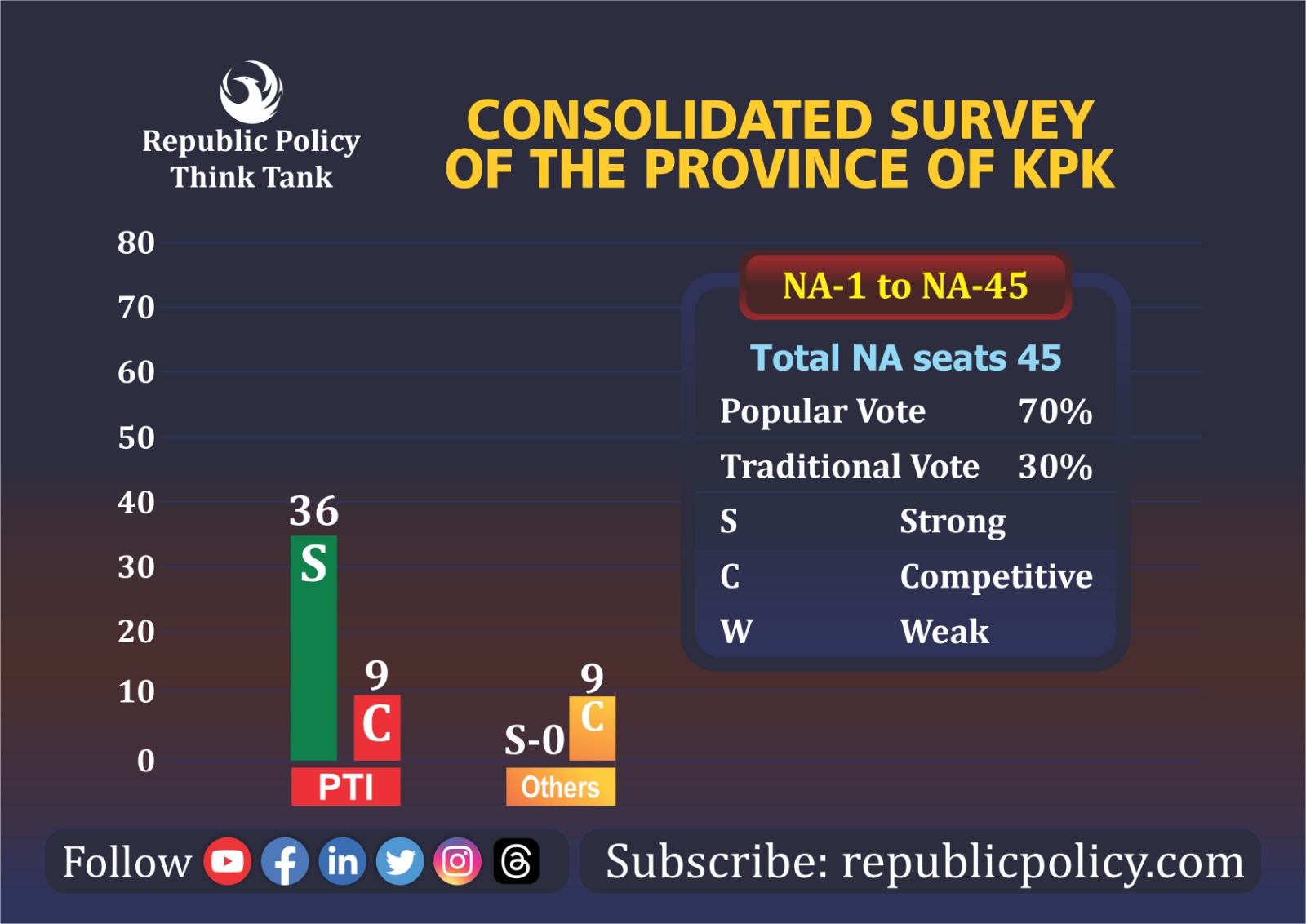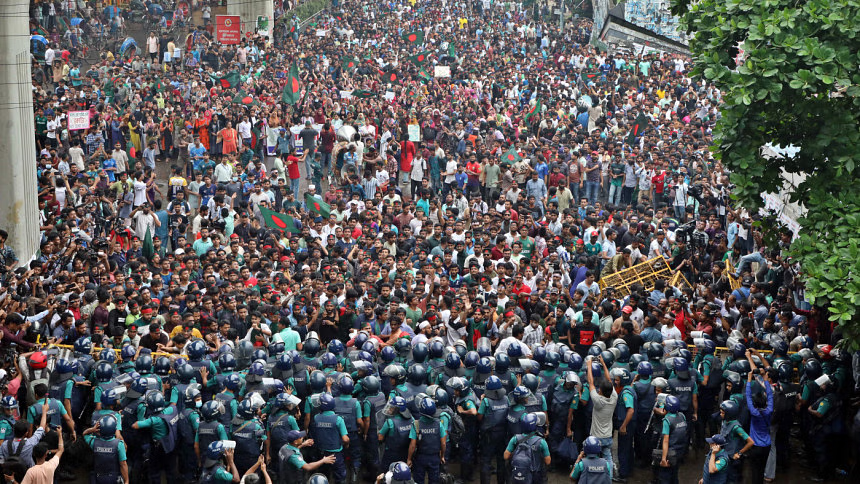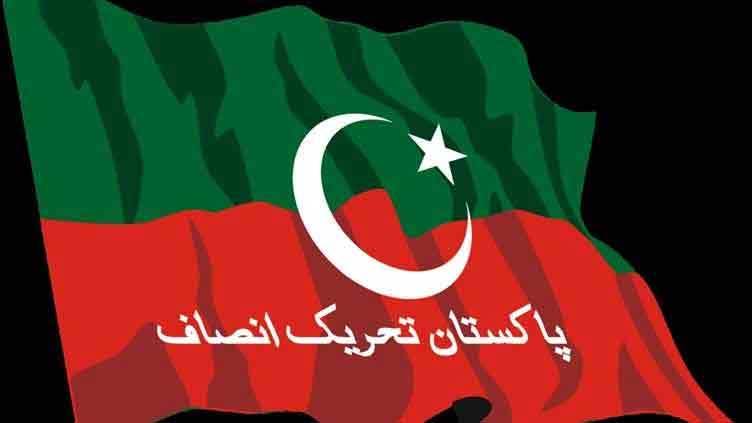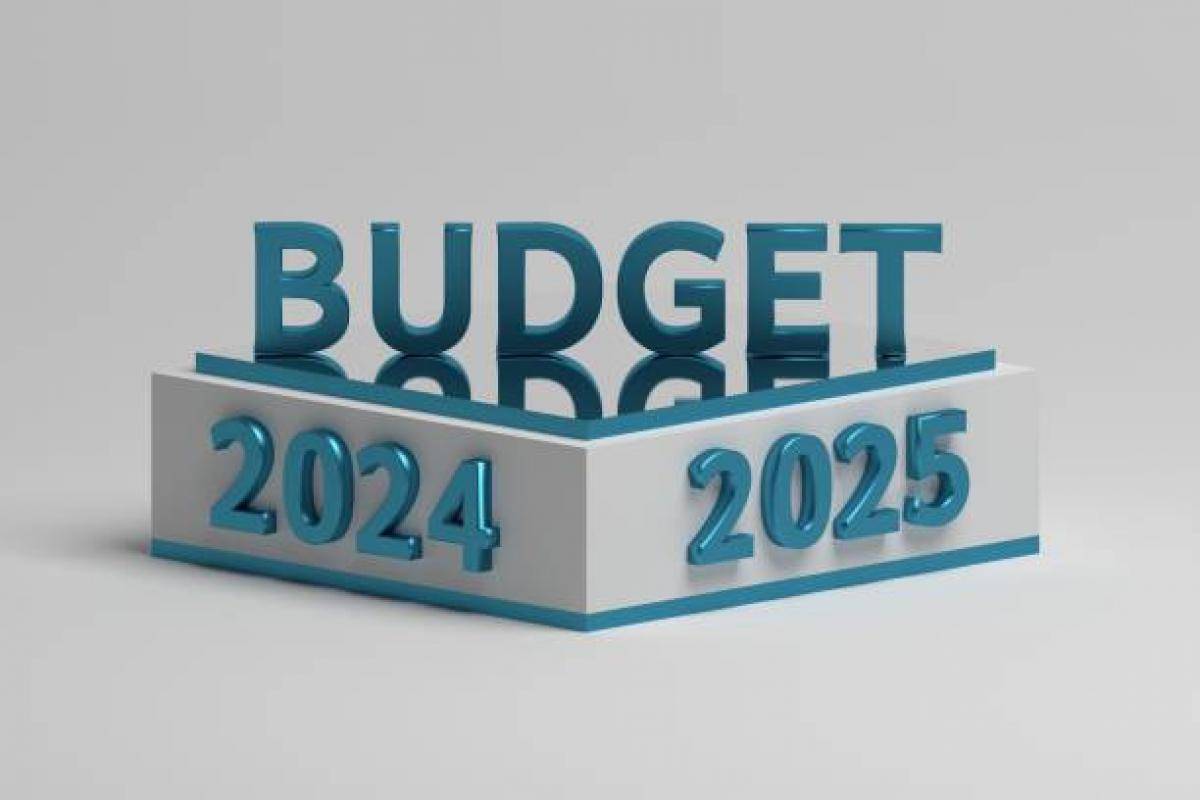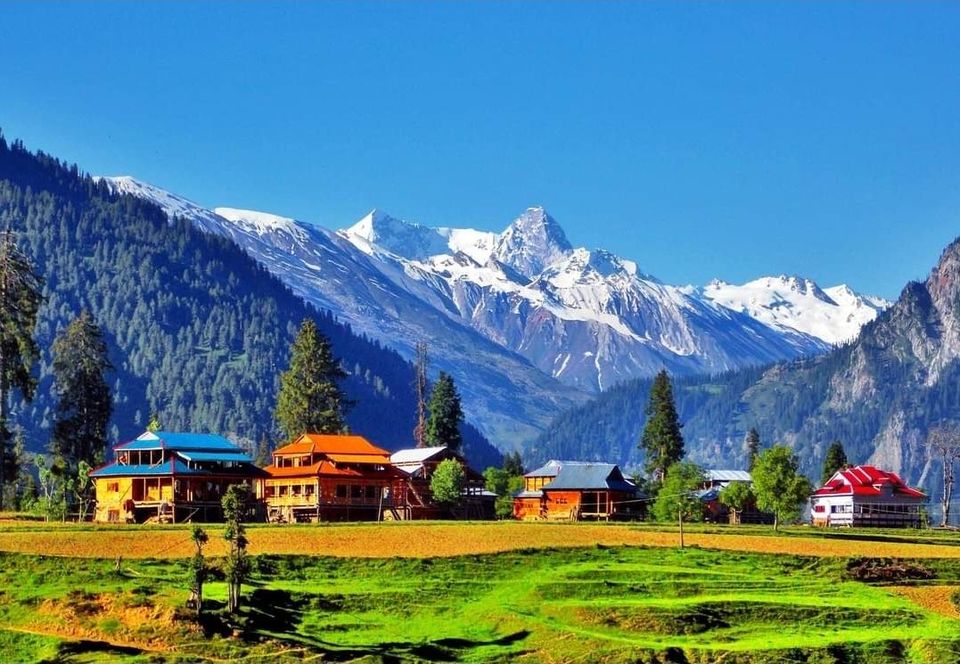Team Republic Policy
Republic Policy’s survey unveils fascinating insights into the political trends of Khyber Pakhtunkhwa (KPK), Pakistan’s third-largest province. With the 2024 general elections nearing, understanding the sentiments of this vibrant political hub is crucial.
Khyber Pakhtunkhwa (KPK) is a province of Pakistan that covers an area of 101,741 square kilometers and has a population of about 40.8 million people. It is bordered by Afghanistan to the west, Gilgit-Baltistan and Azad Kashmir to the north and east, Punjab to the southeast, and Balochistan to the south. The province has a diverse landscape, culture, and ethnicity, with Pashtuns being the dominant group, followed by Hindkowans, Saraikis, and Chitralis. The province’s official languages are Urdu and English, while the provincial language is Pashto.
The province has a history of political instability, violence, and militancy due to its strategic location near the Khyber Pass, which has been a gateway for invasions and migrations throughout history. The province was also affected by the Afghan wars, the Taliban insurgency, and the US-led war on terror, which resulted in many casualties, displacements, and human rights violations. The province has also faced challenges of poverty, illiteracy, corruption, and underdevelopment.
The province has a unicameral legislature, the Khyber Pakhtunkhwa Assembly, with 145 elected members, including 115 general seats, 26 seats reserved for women, and 4 seats for non-Muslims. The provincial government is headed by the Chief Minister, who is elected by the Assembly and appoints a Cabinet of Ministers. The Pakistani president appoints the governor of the province and acts as the representative of the federal government. The province also has a High Court, which is the highest judicial authority in the province. Furthermore, the province of KPK has 45 seats in the National Assembly.
The province has a multiparty system, with several political parties competing for power and influence. The main parties are:
- Pakistan Tehreek-e-Insaf (PTI): This has been the ruling party in the province since 2013, led by Imran Khan, the former Prime Minister of Pakistan. PTI is a centrist, populist, and reformist party that advocates for anti-corruption, good governance, social justice, and Islamic democracy. PTI has a strong support base among the urban, educated, and youth segments of the population, as well as among the Pashtuns of the province. PTI has also implemented several development and welfare projects in the province, such as the Billion Tree Tsunami, the Sehat Insaf Card, and the Khyber Pakhtunkhwa Police Act.
- Jamiat Ulema-e-Islam (F) (JUI-F): This is the main opposition party in the province, led by Maulana Fazlur Rehman, a religious scholar and politician. JUI-F is a conservative, Islamist, and nationalist party that follows the Deobandi school of thought and advocates for the implementation of Sharia law, the protection of the rights of the religious minorities, and the resistance against foreign interference . JUI-F has a strong support base among the rural, religious, and tribal segments of the population, especially in the southern and western parts of the province . JUI-F has also been involved in various movements and protests against the PTI government, such as the Azadi March and the Pakistan Democratic Movement PDM.
- Awami National Party (ANP): This is a regional, secular, and nationalist party that represents the interests of the Pashtuns of the province, led by Asfandyar Wali Khan, the grandson of the legendary Pashtun leader Khan Abdul Ghaffar Khan. ANP is a socialist, progressive, and democratic party that advocates for the rights of the ethnic minorities, the promotion of Pashtun culture and language, and the peaceful resolution of the conflicts in the region . ANP has a strong support base among the Pashtuns of the central and northern parts of the province, especially in the Peshawar Valley . ANP has also suffered from many attacks and assassinations by the Taliban and other militant groups, due to its secular and anti-Taliban stance.
Other parties that have some presence and influence in the province are:
- Pakistan Muslim League (N) (PML-N): This is a centre-right, conservative, and nationalist party led by Nawaz Sharif, the former Prime Minister of Pakistan. PML-N is a pro-business, pro-development, and pro-establishment party that advocates for the strengthening of the federation, the rule of law, and civilian supremacy (However, according to critics, PMLN has abandoned their values lately being in power). PML-N has a strong support base in the Punjab province, but it also has some pockets of support in the Hazara region of KPK, where it appeals to the non-Pashtun communities, such as the Awans, the Abbasis, the Gujjars, and the Jadoons.
- Pakistan Peoples Party (PPP): This is a centre-left, liberal, and progressive party that is the third-largest party at the national level, led by Bilawal Bhutto Zardari, the son of the late Benazir Bhutto, the former Prime Minister of Pakistan. PPP is a populist, socialist, and secular party that advocates for the empowerment of the masses, the protection of the human rights, and the reconciliation of the diverse groups . PPP has a strong support base in the Sindh province, but it also has some pockets of support in the Malakand division of KPK, where it appeals to the lower and middle classes, especially in the districts of Swat, Shangla, and Buner .
- Jamaat-e-Islami (JI): This is an Islamist, democratic, and reformist party that has been a coalition partner of the PTI government at the provincial level, led by Siraj ul Haq, a former Chief Minister of KPK. JI is a moderate, rational, and pragmatic party that follows the Maududi school of thought and advocates for establishing an Islamic welfare state, reviving Islamic values, and promoting Islamic unity. JI has a strong support base among the urban, educated, and religious segments of the population, especially in the Malakand division of KPK, where it has a strong organizational network and social services.
The methodology and other patterns of the survey have been published at republicpolicy.com
This is an overview of the political trends of the province of KPK.
Imran Khan Takes the Lead: The survey crowns Imran Khan the undisputed king of KPK’s hearts. His popularity soars across the province, fueled by PTI’s consistent electoral victories in the past two terms.
Beyond the Leader: But KPK’s political tapestry is intricately woven with diverse regional dynamics.
- Malakand Division: This vast and unique region, with ten districts, shows PTI as the dominant force, followed by Jamaat-e-Islami (JI). Imran Khan reigns supreme here, with Siraj ul Haq of JI a distant second. PML-N struggles for a foothold, though local electables hold pockets of influence.
- Hazara Region: This non-Pashtun belt exhibits a fascinating shift. Traditionally PML-N’s stronghold, it has now succumbed to PTI’s charm. Khan enjoys immense popularity, followed by the PML-N family leaders. Electables, particularly tribal chiefs representing various communities, remain significant players.
- Peshawar Valley: The historical power base of Awami National Party (ANP) and nationalists has witnessed a seismic change. PTI and Khan rule the roost, leaving ANP and the Sherpao family far behind. Jamiat Ulema-e-Islam (JUI-F) holds sway in specific pockets, but the overall trend is undeniably pro-PTI.
- South KPK: This region presents a different picture. While Khan and PTI remain comfortably ahead, Maulana Fazal ur Rehman and JUI-F enjoy considerable support. The region, comprising Kohat and Dera Ismael Khan divisions, once belonged to JUI-F, but PTI has steadily gained ground. However, JUI-F remains competitive on several seats.
- Ex-FATA: This newly merged region exhibits a unique political landscape. Local tribal leaders command significant influence. PTM, though not a registered party, finds support in Waziristan. Bajaur leans towards PTI, while other areas have prominent electables and JUI-F pockets. Notably, Khan and PTI maintain their lead over all other parties, but chieftains remain critical players in securing victories.
The Nuances of Electoral Success: The survey goes beyond mere popularity, emphasizing the importance of strong candidates and the right combinations of party and individual in each constituency. Winning Ex-FATA, for instance, requires both a popular party like PTI and a strong local candidate aligned with tribal leaders.
KPK’s political scene is a captivating blend of regional identities, tribal dynamics, and shifting loyalties. Republic Policy’s survey shines a light on these complexities, offering valuable insights for understanding the upcoming elections and the future of Pakistani politics in this vital province.
Who will win how many NA seats in KPK?
The upcoming National Assembly elections in Khyber Pakhtunkhwa (KPK) promise a captivating contest, with Pakistan Tehreek-e-Insaf (PTI) seemingly holding the upper hand due to a combination of popular support and strategic positioning. However, a closer look reveals a more nuanced picture, with other parties still vying for a foothold in the 45 NA seats.
The Power of Popularity:
The Republic Policy Organization survey highlights a critical factor: a 70/30 split between popular and traditional vote. This signifies that public opinion plays a substantial role in swaying voters in KPK. PTI seems to have capitalized on this trend, emerging “strong” in 36 NA seats, translating to a potential two-thirds majority. This dominance likely stems from their anti-corruption narrative, focus on youth issues, and effective use of social media to connect with voters directly.
Unveiling the “Competitive” Battleground:
While PTI’s stronghold appears substantial, the remaining 9 “competitive” seats offer an opportunity for other players. Here, traditional loyalties and local issues might come into play. Parties like PMLN, ANP, and JUIF might leverage their established networks and historical ties to sway voters. This scenario creates a “swing district” dynamic, where the focus will be on mobilizing ground support and addressing local concerns effectively.
Beyond the PTI Juggernaut:
Though seemingly overshadowed by PTI’s popularity, other parties cannot be discounted. PMLN, despite facing national challenges, still holds historical influence in certain areas of KPK. ANP, known for its Pashtun nationalist ideology, enjoys strong support in specific regions. JUIF, with its religious base, remains relevant in rural areas. While these parties might not directly challenge PTI’s dominance, they can influence outcomes in close races through strategic alliances or by splitting the “competitive” vote bank.
The Traditional Vote: A Wildcard?:
The 30% traditional vote segment adds another layer of complexity. Though the survey suggests PTI has largely consolidated this segment, traditional affiliations and tribal dynamics can sometimes override broader trends. Localized grievances and personal connections with candidates might sway voters in unexpected ways, particularly in rural areas.
Predicting the final outcome in KPK remains challenging. While PTI has a clear advantage, the “competitive” seats hold the potential for surprises. Effective campaigning, addressing local concerns, and mobilizing traditional networks will be crucial for all parties aiming to secure victory. Additionally, external factors like national political developments and security concerns can also influence voter behaviour.
Please, subscribe to the YouTube channel of republicpolicy.com



































